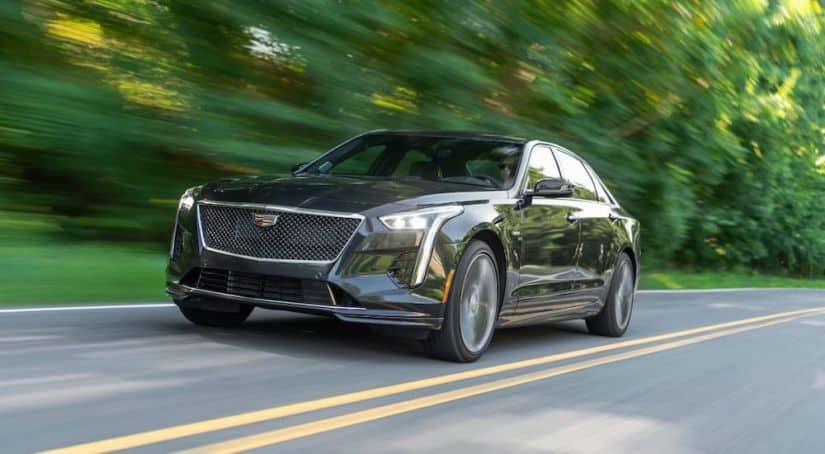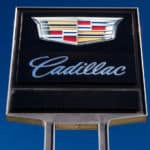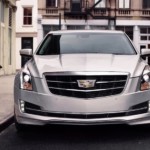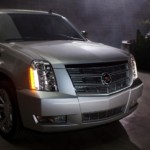Cadillac CT6’s That Drive Themselves
Every decade brings us closer to the age of full-on driverless cars. This may seem like a brand new technology, but at this point, innovative “smart” features can even be found in luxury cars from recent years past. Cadillac has always been an impressive name in the auto industry, frontrunning high-tech innovations for both safety and comfort. The race to beat out the competition has fueled futuristic technology including hands-free Super Cruise and Vehicle to Vehicle communication. Efforts have been ongoing over the past decade. It’s not uncommon to find “driverless” features in 2017 and 2018 used luxury cars, particularly the Cadillac CT6. Signaling and communication technology brings Cadillacs to a level that just may exceed the need for an active driver sooner than expected.
Originating the Concept for “Driverless Cars”
As early as 1920, humans have been fascinated by the idea of driverless cars. Also referred to as the “self-driving car,” these robot vehicles use technology to sense the world around them and make decisions for safe and efficient navigation. Driverless cars are of particular interest to the trucking industry. The reasoning goes that if long-distance hauls can be made without the need for a person in the seat, companies could save loads of money on cross-country transportation of goods. As the technology improves, driverless vehicles should eliminate the dangers of human error behind the wheel.
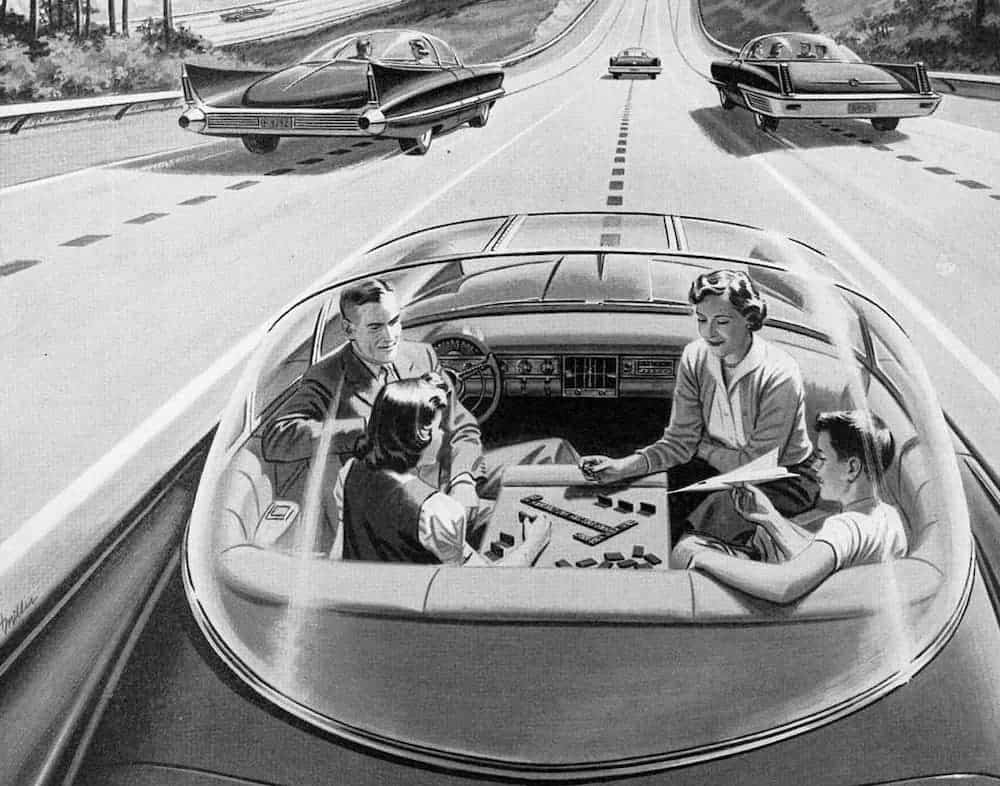
Automatic driving systems were initially put to the test during experimental trials in the 1950s. By 1977, Japan’s Tsukuba Mechanical Engineering Laboratory took the first semi-automatic car for a drive. The vehicle had two cameras and analog computer to interpret signs on specially marked streets. It’s max speed was 19 miles per hour, and it required the support of an elevated rail system.
As the 1980s and ’90s progressed, automation was on the rise. Prototypes were created through the collaborative efforts of the United States government and private auto companies, including Mercedes-Benz and Audi. In 1991, the government budgeted $650 million to research a National Automated Highway System. The technology was embedded into highways that could communicate with vehicles. The program was considered successful in a 1997 demonstration. Despite a lack of funding or clear direction for large scale implementation, driverless cars continued to be on the radar for automobile manufacturers and highway design. In 2015, legislation in Nevada, Florida, California, Michigan, and Washington D.C. gave automated cars the green light to continue testing on their public roads.
Different Levels of Self-Sufficiency
There are some different directions in the advancement of driving technology. Examples in history mainly showcase the operation of “automated” cars. This means that certain factors in the environment had to be part of the system in order for it to work. An example would be magnetic strips used for signaling of the vehicle in its surroundings. Similarly, the term “cooperative vehicles” refers to those who require a remote driver to direct the car from a distance, basically like a lifesize remote-controlled car. Both of these are examples of technology moving forward but not to the extent where a vehicle is performing fully on its own accord.
The term “autonomous” refers to cars that are in complete control of their own handling. Autonomous vehicles are independently run by computers and do not require guidance from a human driver or cues from a controlled environment. Autonomous cars are self-reliant and possess all the necessary technology to operate successfully without outside aid. The focus of technology today is geared towards this ultimate goal. Cadillac has been a leader in this area of innovation, with some key developments made in 2017.
Vehicle-to-Vehicle Signaling
As of February 2017, Cadillacs are officially able to talk to each other. Cadillac’s V2V signaling alerts drivers when other connected vehicles are experiencing difficult conditions, disabled, in a crash or slamming on the breaks. By giving other drivers a heads-up, V2V makes the roads safer, letting others anticipate potential hazards. Furthermore, Cadillac prides itself on providing a customized user experience with high-end navigation, weather reports, and cell phone communication which offers text messages to be dictated to the driver.
Super Cruising Across the Country with Cadillac
Cadillac’s Super Cruise Feature has the beginnings of everything you’d associate with autonomous cars. As of September 6th 2017, Super Cruise was made available on CT6 vehicles. To help you stay in your lane, Cadillac uses Lane Assist technology that puts cameras and sensors to work, keeping you on course and in your lane. This technology is only allowed to be used on limited-access highways, and it’s not an excuse to keep your eyes off the road. Nonetheless, it’s pretty impressive to think that you can still drive safely without keeping your hands on the wheel or feet on the pedals. Over 130,000 miles of freeway have been mapped out using Cadillac’s LiDar mapping technology. Cameras in the car, GPS system, and light radar sensors work together to make this miracle happen.
To test drive their exciting new features, Cadillac orchestrated the travel of 12 CT6 vehicles for a hands-free drive across the country. Reporters were invited along to record the journey. The first leg of the trip was from New York City to Washington DC and then Cleveland, Ohio. After being granted a one-time permit from New York, the journey was underway. Travelers stopped at famous sites including Nemours Estate in Delaware, Curtis Creek Ship Graveyard in Baltimore, Maryland, Flight 93 National Memorial in Stoystown, Pennsylvania and Frank Lloyd Wright’s Fallingwater in Mill Run, Pennsylvania.
Next, the route traveled from Cleveland to Chicago and finally Memphis, Tennessee (including a stop in Graceland and the Stax Museum). From Memphis, it was off to Dallas, followed by Santa Fe, New Mexico, including a few stops in Arkansas and Oklahoma. The Super Cruisers continued on to Phoenix and Los Angeles. The journey started on September 25th and ended on October 5th. According to Speed Lux, the Cadillac’s Super Cruise system is “different from – and superior to – Tesla’s autopilot in several important respects…” and Motor Authority states that “…without a question, Cadillac’s delivered on its promise of hands-free driving.”
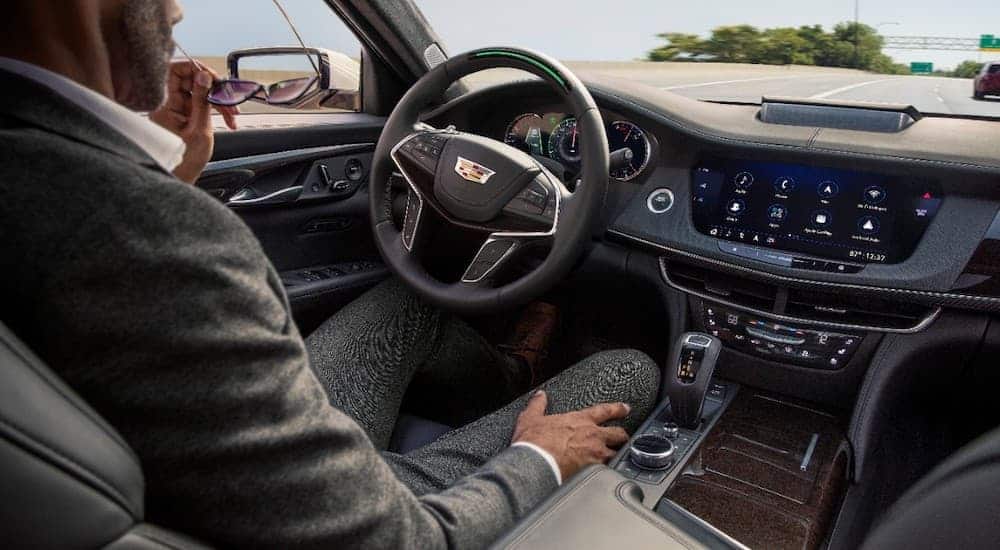
What’s To Come
In a world where technology is advancing at lightning speed, it should come as no surprise that cars can practically drive themselves. Current legal protections of autonomous vehicles in Washington D.C. require that vehicles must meet the following safety criteria:
(1) Has a manual override feature that allows a driver to assume control of the autonomous vehicle at any time;
(2) Has a driver seated in the control seat of the vehicle while in operation who is prepared to take control of the autonomous vehicle at any moment; and
(3) Is capable of operating in compliance with the District’s applicable traffic laws and motor vehicle laws and traffic control devices.
These rules apply only to fully autonomous vehicles that do not require an active driver in any capacity. For now, many cars have attributes of driverless cars, including parking assistance and emergency braking. These features make driving easier but don’t take away full control or need for a driver. Probably the biggest challenge for driverless cars is the unpredictability of sharing the road with humans, whether they are pedestrians or bikers. Many people are hesitant about adopting a system of fully driverless cars, but as new generations become increasingly comfortable and reliant on technology, a shift in mistrust is likely. The challenge then becomes making sure drivers are still prepared to take the wheel, in the event that the technology is not working properly. Drivers who are accustomed to being chauffeured may not be as equipped to handle a vehicle when necessity strikes.
